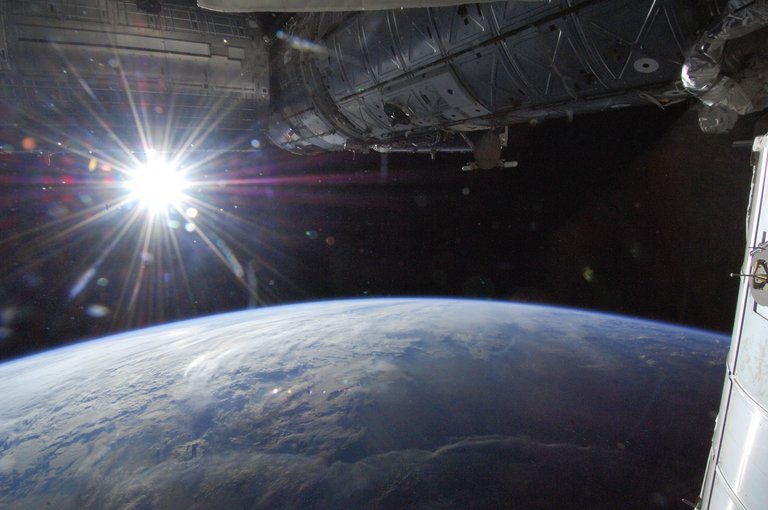
Dec. 24, 2019
Research Highlight
Ocean Anoxia during a Biocrisis on the Ancient Earth
Ocean redox conditions during the Smithian-Spathian boundary

Earth as seen from the International Space Station.Image credit: NASA.
A recent study provides new constraints on the timing of ocean anoxia during the Smithian-Spathian boundary (SSB), which represents a period of ‘biocrisis’ for Earth’s marine ecosystems as they recovered from the End-Permian Mass extinction. By studying samples from the Jiarong section of South China, the team provided the first high-resolution δ238Ucarb record that covers the mid-Smithian to the mid-Spathian ages in the Early Triassic. The data shows how seafloor anoxia varied over the SSB transition.
The study, “Lower Triassic carbonate δ238U record demonstrates expanded ocean anoxia during Smithian Thermal Maximum and improved ventilation during Smithian-Spathian boundary cooling event,” was published in the journal Palaeogeography, Palaeoclimatology, Palaeoecology. The work was supported by NASA Astrobiology through the Exobiology Program. This newly-revealed science is also a critical part of NASA’s work to understand the Universe, advance human exploration, and inspire the next generation. As NASA’s Artemis program moves forward with human exploration of the Moon, the search for life on other worlds remains a top priority for the agency.